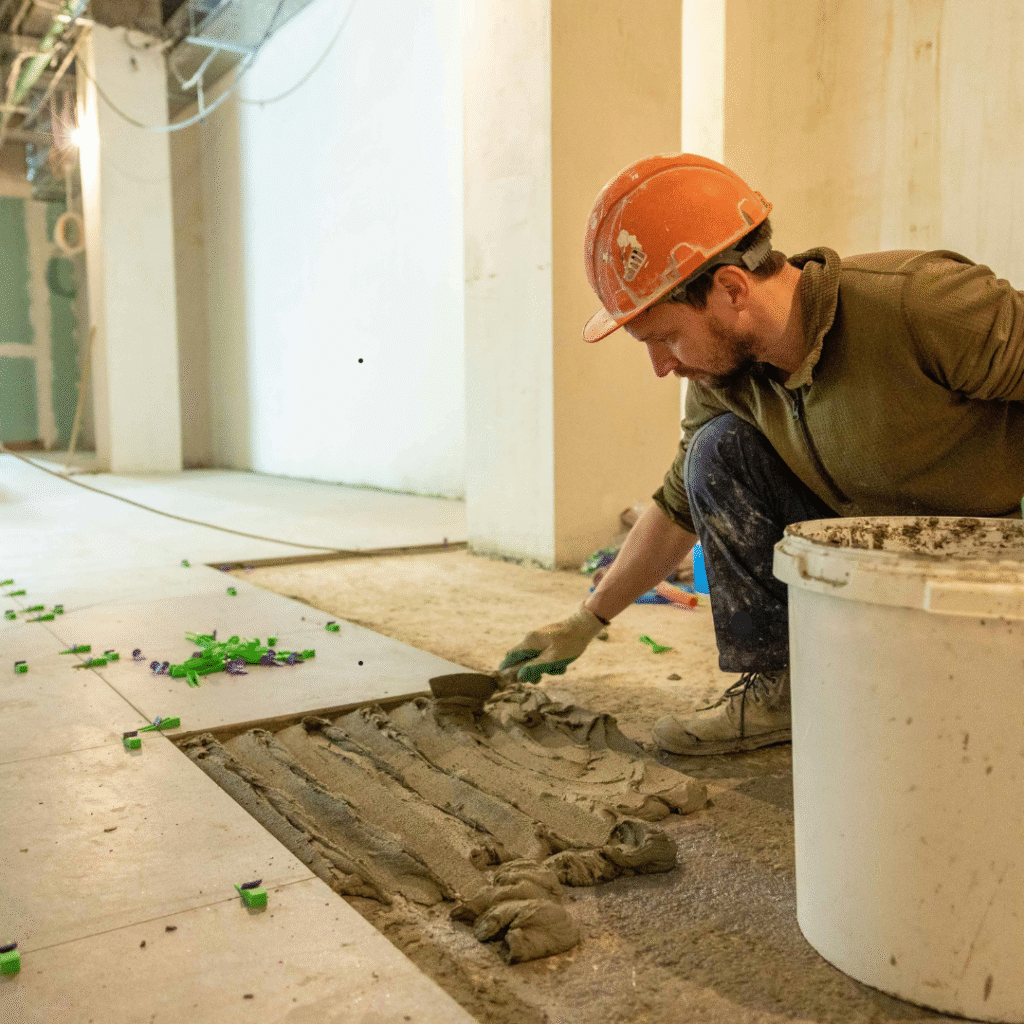
Get In Touch
Modern Architecture in India – Blending Tradition with Contemporary Design
India, with its rich cultural heritage and rapidly growing urban landscape, has become a hub for innovative architecture. Modern architecture here is not just about sleek glass towers and futuristic structures; it is about weaving together the wisdom of tradition with the possibilities of contemporary design.
The Roots of Tradition
Indian architecture has always been deeply connected to culture, climate, and community living. From the intricate carvings of ancient temples to the courtyard-style homes designed for ventilation and social gatherings, traditional designs carry timeless wisdom. Elements like jalis (latticed screens), verandahs, courtyards, and natural materials such as stone and wood are deeply rooted in India’s architectural heritage.
Contemporary Influences
With globalization and advancements in technology, India’s urban centers are witnessing rapid modernization. Glass facades, steel frameworks, modular designs, and eco-friendly construction techniques have taken center stage. Contemporary architecture emphasizes minimalism, open spaces, and smart technology integration.
The Blend of Old and New
What sets modern Indian architecture apart is how it marries these two worlds:
Climate-Sensitive Design: Traditional features like jalis and courtyards are being reimagined with modern materials to naturally cool interiors.
Sustainability: Local materials and age-old techniques are combined with energy-efficient innovations such as solar panels and rainwater harvesting.
Aesthetic Harmony: Traditional motifs and cultural elements are embedded into sleek, minimalist structures, ensuring modern buildings feel rooted in their surroundings.
Community Living: Open courtyards and shared spaces are making a comeback in apartment and housing projects to encourage social interaction.
Notable Examples
Indian Institute of Management, Bangalore: Designed by Balkrishna Doshi, it integrates traditional courtyards and stone walls with a modern campus layout.
Lotus Temple, Delhi: A modern marvel that draws inspiration from ancient symbolic forms while employing advanced engineering.
Infosys Campus, Mysore: A futuristic complex that still reflects India’s cultural ethos in its design philosophy.
The Future of Indian Architecture
The future of Indian architecture lies in striking a balance – preserving cultural identity while embracing innovation. As urbanization accelerates, architects are tasked with creating spaces that are sustainable, functional, and culturally resonant.
In essence, modern Indian architecture is not about choosing between tradition and modernity. It is about crafting a dialogue between the two, ensuring that the buildings of today honor the past while embracing the future.

